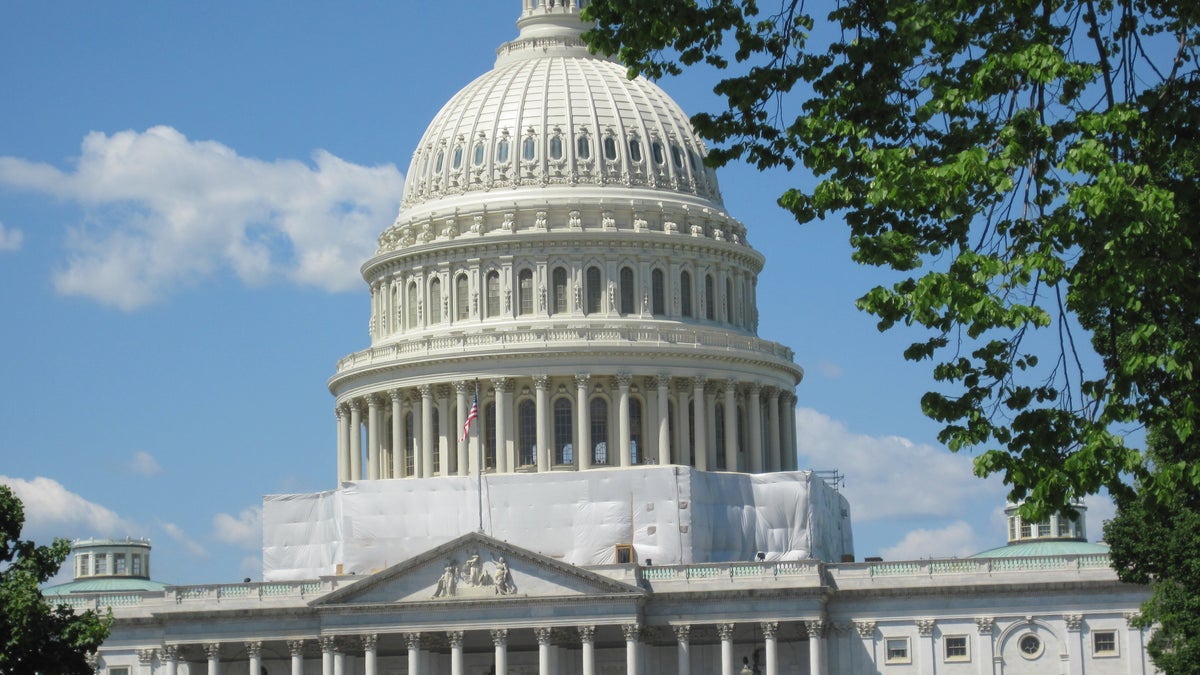House bill to put government spectrum on auction block
A new bill introduced in the House of Representatives puts pressure on the Defense Department and other government agencies to give up prime wireless spectrum for auction.

Members of the House Energy and Commerce Committee introduced a bill today that would put a valuable sliver of government-owned wireless spectrum on the auction block for commercial wireless carriers within five years.
Reps. Cliff Stearns (R-Fla.) and Doris Matsui (D-Calif.) introduced the bill, which will require the government to auction off spectrum in the 1755 MHz to 1780 MHz frequencies. The spectrum would be paired with spectrum at the 2155 MHz to 2180 MHz frequency bands. The 2155 MHz to 2180 MHz band of spectrum has been already cleared by the Federal Communications Commission and is now ready to be auctioned. But the FCC has said it makes more sense to auction it paired with other spectrum.
Because the 1755 to 1780 MHz spectrum pairs nicely with this existing spectrum and has good propagation characteristics, the wireless industry has had its eye on this particular piece of wireless spectrum. CTIA, the trade group representing the wireless industry, had pushed to include this particular piece of spectrum in legislation that was signed into law in February authorizing the FCC to auction off pieces of wireless spectrum.
But powerful groups within the government lobbied to keep the 1755 to 1780 MHz spectrum out of the bill. And so it was not included. Now some members of Congress say it's time for the government to stop dragging its feet and make this particular block of spectrum available to commercial carriers.
The FCC identified this 25 MHz slice of spectrum in its National Broadband Report. In the report the agency outlined a plan for getting 500 MHz of wireless spectrum in the market by 2020. And the 1755-1780 MHz spectrum was considered part of that plan.
The National Telecommunications and Information Administration, a part of the Commerce Department that helps manage government-owned spectrum, studied the possibility of freeing up this spectrum along with a wider section of spectrum in a report issued last month.
In that report, the agency said that the spectrum could be repurposed for commercial use, but it would be difficult. It suggested that the industry work with the government agencies using the spectrum, mainly the Defense Department, to see if they can share the spectrum.
Instead of sharing resources, the new bill from Stearns and Matsui would require the Defense Department and other government users of the spectrum to relocate their services from the 1755 to 1780 MHz band within five years. The bill provides funding for the transition.
CTIA expressed its strong support of the legislation.
"We hope that this and other bands currently occupied but often underutilized by federal users will be made available for commercial use as expeditiously as possible," Jot Carpenter, CTIA vice president of government affairs, said in a statement. "Freeing spectrum like the 1755 to 1780 megahertz band is key to helping ensure that the U.S. remains the world's leader in the deployment of wireless broadband services."
The Energy and Commerce Communications and Technology Subcommittee on Wednesday announced that it had formed a task force to look into ways the federal government can more efficiently use wireless spectrum.
The issue of freeing up more government-owned spectrum is important as more consumers use smartphones and tablets. Wireless data traffic is growing tremendously and experts predict it even more growth in the future. The industry claims that without additional spectrum it faces a spectrum crunch, which could degrade service for consumers and raise prices.
But this latest bill and the recommendations expected from the established task force are likely to be met with resistance from powerful government agencies, such as the Defense Department.

